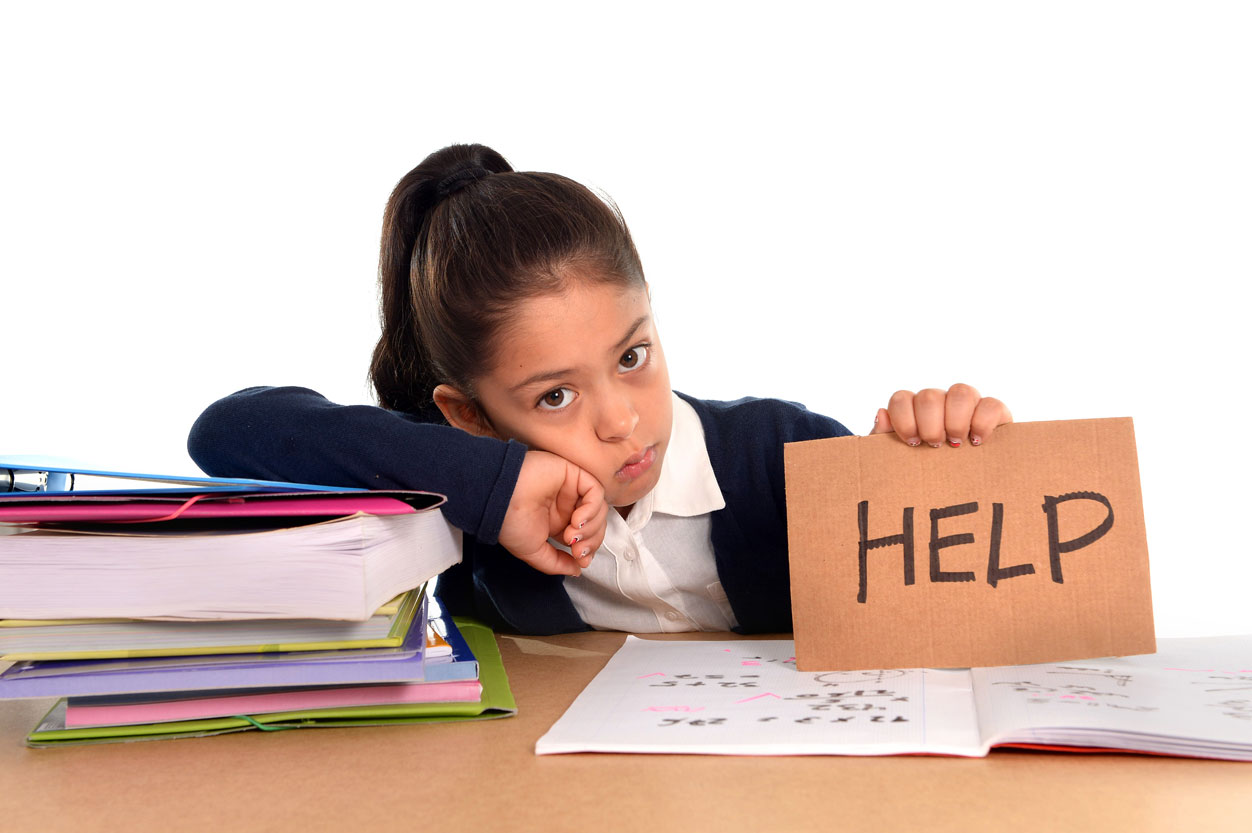
As a classroom teacher, you know how important reading is to the success of your students. For those that struggle with this skill, though, the causes might not be as clear. Some of the most common reasons that make it difficult for youngsters to read include:
1. Attention-deficit disorder (ADD) and attention-deficit hyperactivity disorder (ADHD)
A brain-based condition, attention-deficit disorder (ADD) is the most common one identified in children. Its core symptom is a lack of focus that can make it difficult for kids to stay on task. In many children, this lack of focus is coupled with hyperactivity — attention-deficit hyperactivity disorder (ADHD) — which can lead to fidgeting and/or acting out in class. Too often, these kids are merely labelled as ‘behavior problems’.
2. Dyslexia
Dyslexia is another brain-based condition that can make it difficult for children to learn to read. Youngsters with dyslexia often find recognizing letters and their accompanying sounds laborious. Recognizing and sounding out new words and connecting rhyming can be challenging for these kids. Skipping words and losing their place while reading are other common issues seen in children who have dyslexia, partly because they’re spending so much effort on decoding. Dyslexia can also make reading comprehension exhausting.
3. Visual processing disorder
A child with a visual processing disorder could struggle with recognizing the differences between shapes and/or letters. The order in which the letters appear might be jumbled. Word and line-skipping is common due to visual processing or eye control issues. Kids with visual processing disorder often complain of seeing double or that their vision is blurry.
4. Auditory processing disorder (APD)
Students who have auditory processing disorder (APD) have difficulty processing what they hear. This makes it difficult for them to understand directions or grasp the plot of a story that is read aloud to them. Because reading involves successfully connecting each letter with its appropriate sounds, APD makes it challenging for kids to hear the subtle differences between letters that are essential for reading.
How You Can Help
Whether your struggling students have been formally diagnosed with one of the above conditions, they are undergoing testing to determine if there is a medical explanation for their struggles or they exhibit some telltale signs, there is a practical solution you can offer in your classroom to help them now. See-N-Read® Learning Tools were developed based on the latest research. Classroom tested, simple to implement in the learning program of any child and affordable, See-N-Read® Reading Tools help children stay focused on specific lines of text. This invaluable resource helps the child keep the place on the page to improve reading performance, reduce frustration and increase confidence
